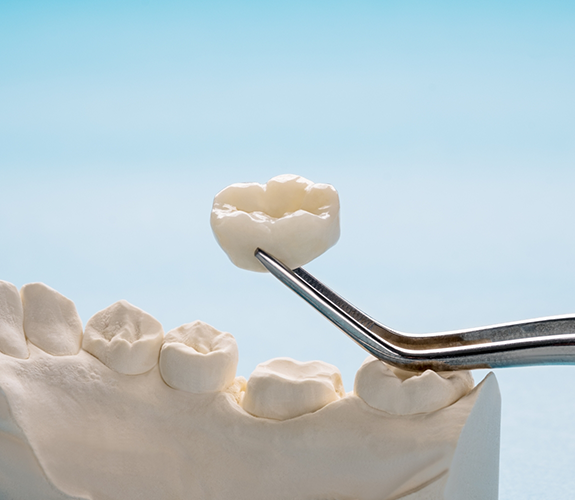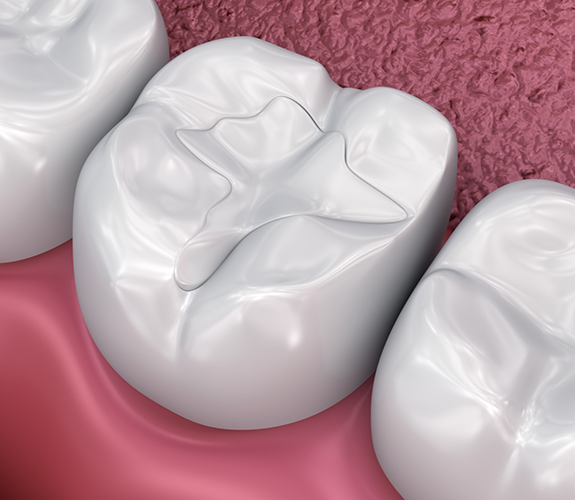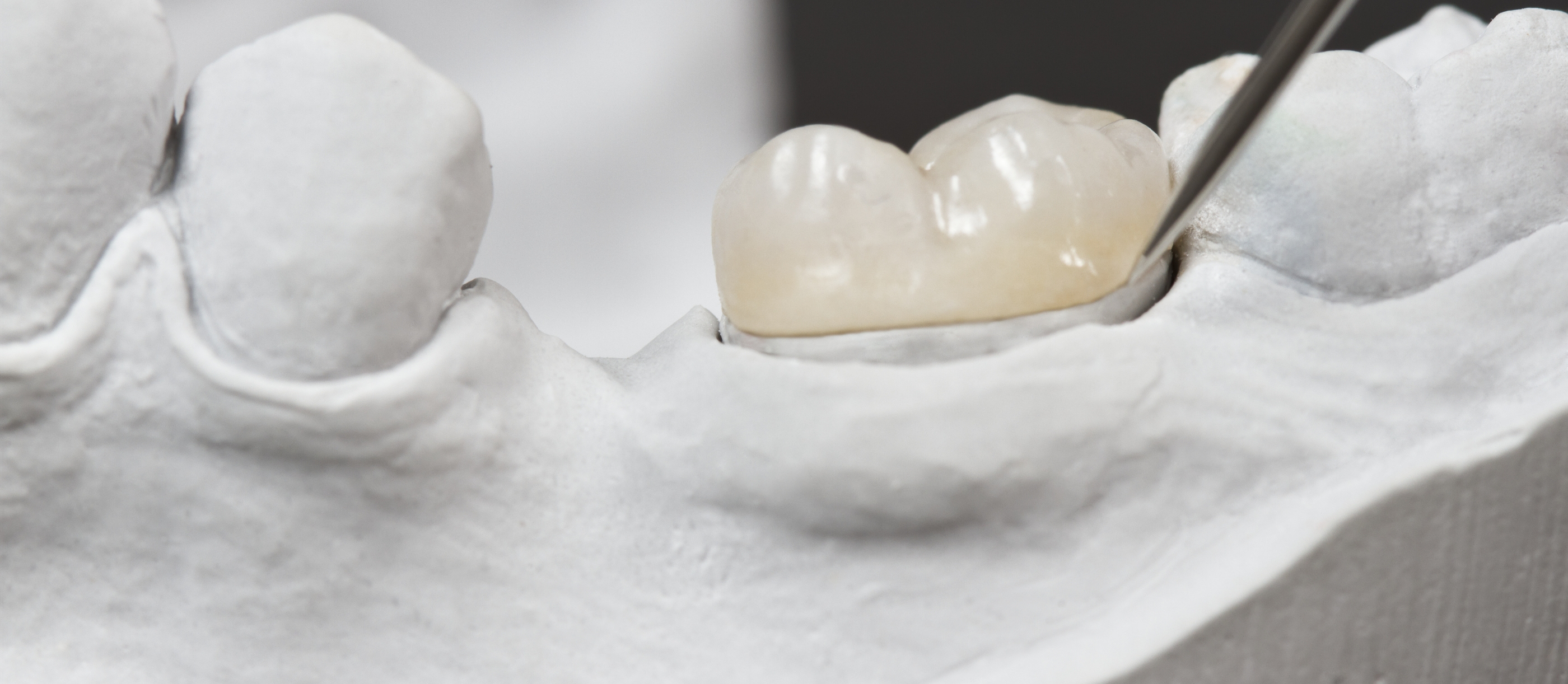Restorative Dentistry Boynton Beach
Bringing Repairs to Your Damaged Teeth
Per its name, our office’s restorative dentistry can quickly fix your decayed and damaged teeth. It relies on excellent, metal-free solutions that protect and “blend in” with your smile. Such effects restore your worn-down teeth to their former glory and help them look amazing! As for the more specific details about restorative dentistry in Boynton Beach, we’ll tell you more if you’d like. Simply keep reading or schedule your appointment with us in the coming days.
Why Choose Family Dentistry of Boynton Beach for Restorative Dentistry?
- Restorations That Use Lifelike Dental Materials
- Same-Day Emergency Appointments Available
- Flexible & Easy Dental Financing
Dental Crowns

When dealing with damaged or decayed teeth, we often suggest dental crowns. These “caps” are custom-made restorations that fit over each tooth’s topmost part. That means they both protect and beautify your smile, often lasting for 15-20 years. They’re also a great alternative to tooth extraction, as they let your teeth stay in place and work as usual. All that said, please consider dental crowns if you’re facing severe decay or dental damage.
Learn More About Dental Crowns
Tooth-Colored Fillings

Our dental practice can quickly treat mild cavities with tooth-colored fillings. Made of composite resin, these mixtures (per their name) “fill” the decayed areas in your teeth. The result is that your once-weak teeth can function normally again, as well as blend seamlessly with your smile. These fillings are also flexible and don’t expand from changing temperatures, avoiding the downsides of metal kinds. They’ll only do your teeth good once they’re correctly placed by our dentist!

